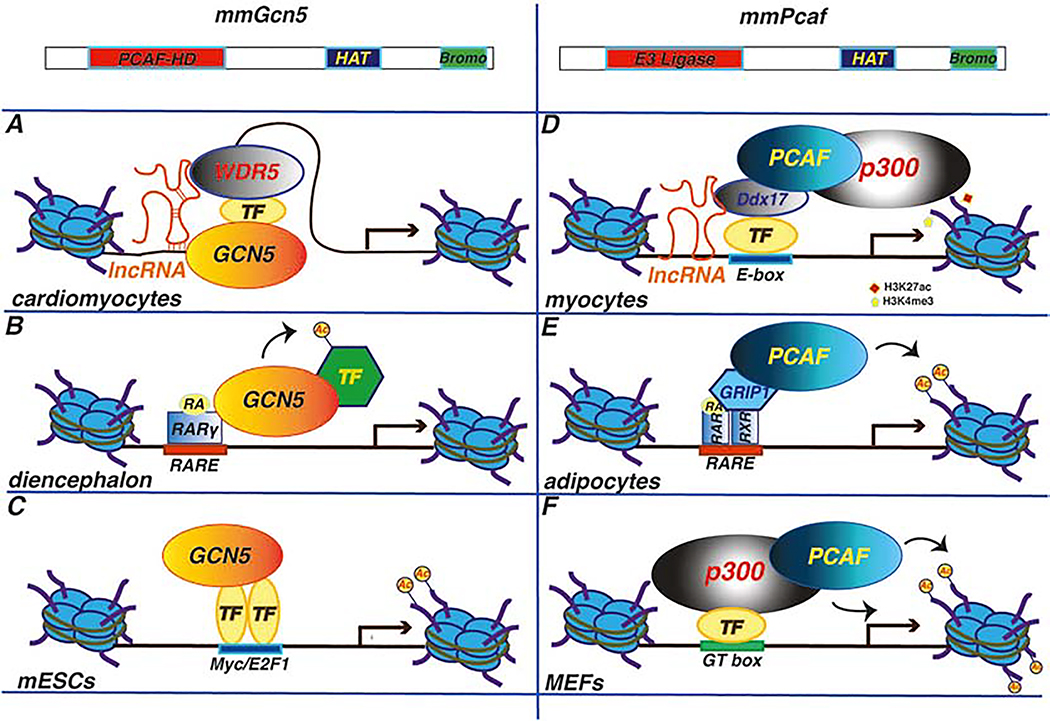Fig.1: Examples of different mechanisms of GCN5 or PCAF recruitment to promoters or enhancers in embryonic stem cells, tissues, or organs.
Highlighted are GCN5 or PCAF, transcription factors (TFs), co-activators (WDR5, p300, GRIP-1, Ddx17), DNA binding elements (E-box, GT box, RARE) and lncRNAs (linc1405, Myoparr) as well as histone modifications analyzed (H3 acetylation, H3K27ac, H3K4me3) A. GCN5 is recruited to multiple gene promoters through its direct or indirect interaction with TFs (like c-Myc and E2F1) in mouse embryonic stem cells [48]. B. GCN5-dependent acetylates TACC1 after retinoic acid (RA) induction in the developing mouse diencephalon [40]. C. Recruitment of GCN5 to the enhancer of Mesp1 in cardiomyocytes is mediated by linc1405, WDR5 and Eomes [18] D. PCAF and p300 acetylate histone H3 when recruited to Cyclin D1 promoter by KLF8 in MEFs [36]. E. PCAF-dependent histone H3 acetylation after its RA-dependent recruitment to the promoter of orphan nuclear receptor TR2 [43]. PCAF interaction with RAR/RXR in preadipocytes is mediated by GRIP1. F. Long non-coding RNA Myoparr and Ddx17 mediates the recruitment of PCAF and (possibly p300) to gene promoters with a subsequent increase in H3K4me3 and H3K27ac levels [20–22]

